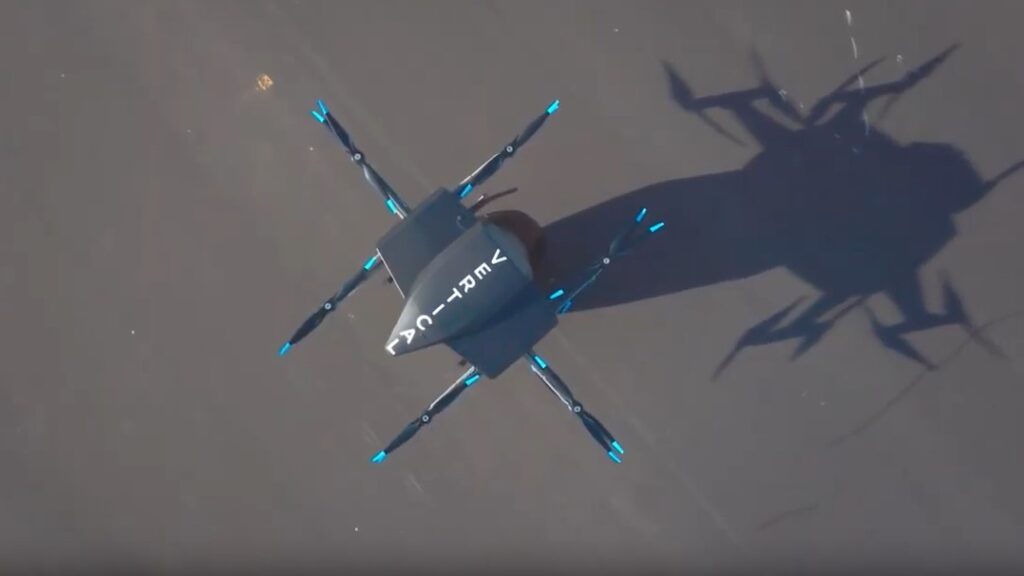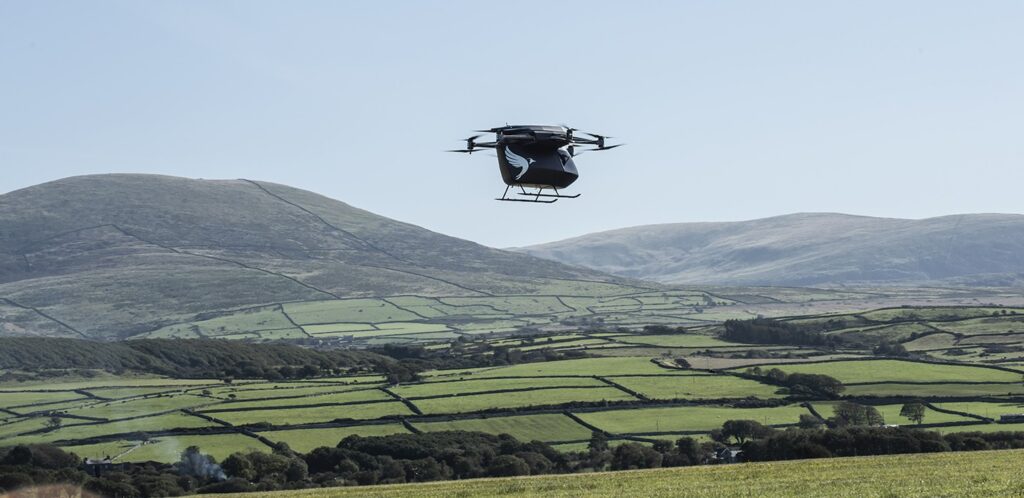Learn how Vertical Aerospace used Plyable to go from CAD to first flight in less than 90 days
Making personal, on-demand and carbon free flight a reality
Vertical Aerospace was launched in 2016 by Stephen Fitzpatrick, CEO of OVO, with the vision of decarbonising air travel using the best technology from the aviation, energy and automotive industries. Since its inception, the firm has grown to a team of over 100, including veteran aerospace and technical experts from Airbus, Boeing and Rolls-Royce, with extensive experience building certified commercial aircraft.
The company flew its first aircraft in 2018 to demonstrate and prove the technology needed for electric vertical take-off and landing (eVTOL) was viable. More recently, Vertical set about designing and building an eVTOL aircraft capable of carrying loads of up to 250kg and reaching speeds of up to 80kmph. They named it Seraph.
The aerospace industry is on the cusp of the greatest transformation since the dawn of the jet age in the 1950s. We are building a company at the forefront of that transformation.
Michael Cervenka, CEO
The Challenge – Seraph required aerospace production quality at prototyping speed
The aerospace industry is facing an era of unprecedented change. Ever greater focus on the industry’s carbon footprint makes lightweighting an absolute necessity. This meant Vertical’s Seraph aircraft could only be constructed from lightweight carbon fibre composites to achieve the vision set out by the team.
Aiming to release Seraph rapidly ahead of competitors, Vertical wanted to design and manufacture the aircraft on ambitious timescales, and needed suppliers who could do the same.
The Solution – Plyable upfront quotes and rapid manufacture
“Getting high fidelity quotes from Plyable instantly on their online portal was really critical to validating our design decisions.” said Steven Baxter, Head of Programmes at Vertical Aerospace.

Head of Development and Test Simon Harper uploaded the project’s component files, received a single consolidated quote and set their lead time. Then, Plyable’s online automated tool design technology designed and optimised all the tools for the Seraph’s composite components. A joint design consultation, led by Plyable Lead Engineer Adam England, was only required to discuss final details before production began just two days later.
Plyable manufactured all of the tools in parallel using their distributed manufacturing network. No other single source supplier could have achieved this.
Adam England notes “Our large capacity network was a key enabler in hitting the tight deadlines required and allowed Seraph to fly just 90 days from CAD first being uploaded.”
“Plyable’s online automated tool design technology saved weeks of engineering time and their capacity to manufacture simultaneously was remarkable. It really wouldn’t have been possible with the traditional manufacturing channels we’ve worked with before. I was impressed by the pace enabling us to get to first flight quickly.” said Steven Baxter.
“Accelerating manufacturing and helping innovative companies like Vertical Aerospace bring their ideas to life is what Plyable is all about. So, seeing Vertical’s Seraph aircraft take its first flight was a proud moment.” said Martin Oughton, Plyable CEO.

In 2019, Vertical Aerospace became the first company in the world to release flight footage of an eVTOL aircraft, capable of carrying up to 250kg and reaching speeds of up to 80kmph. Their next model is expected in 2020 and will look substantially different than the Seraph. It is planned to be the first version of the aircraft they will take forward to certification and will include a pilot, four passengers, wings and room for luggage.